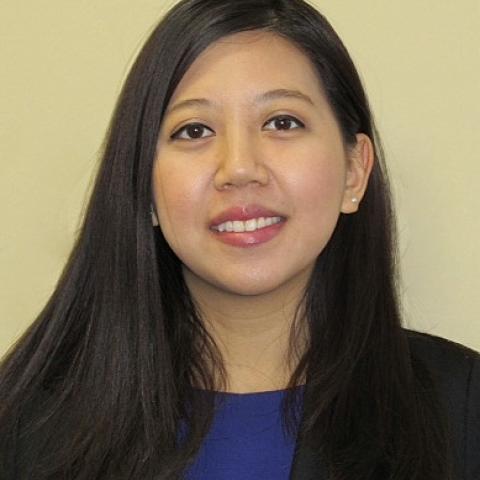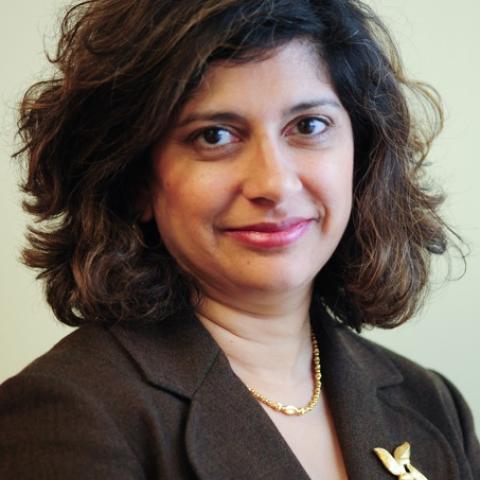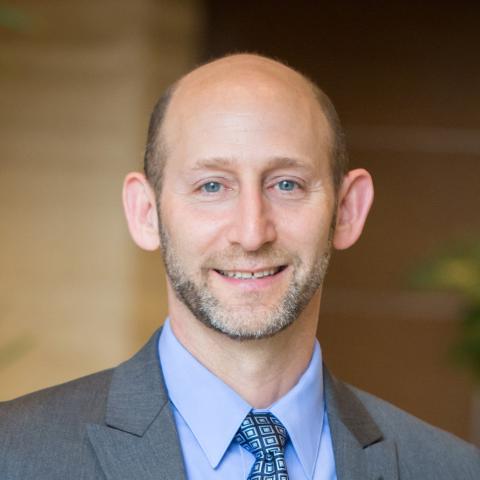With more than 400 accountable care organizations (ACOs) enrolled, the Medicare Shared Savings Program is one of the most visible health care delivery reform efforts of the Affordable Care Act. Through the program, physicians, hospitals, and other health care providers are given incentives to invest in infrastructure and redesigned care processes to foster higher-quality and more efficient care.
In an effort to attract new participants and to encourage current participants to continue with the program beyond their initial three-year commitment, the Centers for Medicare and Medicaid Services (CMS) has proposed several possible changes designed to make it easier for ACOs to take on financial risks as well as reap rewards.
Providers Hesitant to Accept Financial Risk
So far, all but a handful of ACOs have chosen to participate under “one-sided risk,” in which they can share in generated Medicare savings relative to a spending target, but face no financial accountability if Medicare spending exceeds their target. In the first year, over $700 million in savings was achieved from the 58 ACOs that exceeded their savings targets, resulting in about $380 million in savings to Medicare with the rest going to the ACOs as a shared savings bonus. However, the net savings across all 220 ACOs that participated in the first year of the program was only $234 million (about 0.5% of their total spending). While these savings are modest (and almost half of ACOs did not save any money), participation continues to grow, with an additional 89 joining the program for 2015—meaning that more than 7 million Medicare beneficiaries are now receiving care through ACOs.
Currently, CMS requires that Medicare Shared Savings Program participants accept financial risk in order to stay in the program after their initial three-year agreement ends—and the concern is that many participants will not be willing or able to make the transition.
For many ACOs that began in 2012 and 2013, the decision to continue in the program is looming. A recent survey by the National Association of Accountable Care Organizations, conducted prior to the release of the proposed ACO rule, reported that 92 percent of respondents say they are either unlikely to accept two-sided risk or are undecided.
CMS’s Proposed Rule to Encourage Participation
The major changes described by CMS in its proposed rule include (see Table 1):
- Permitting current ACOs taking one-sided risk to request a three-year extension before entering two-sided risk, provided that they did not have significant losses in the initial two years. ACOs that choose this extension option will receive a smaller bonus (there is currently the potential to achieve up to 50% of the savings). After the three-year extension period, all ACOs must enter the two-sided risk track if they wish to remain in the program.
- Introducing a third option with a greater sharing rate (up to 75 percent, compared with 60% now) in a two-sided risk model. Providers would also be responsible for up to 75 percent of losses, but the figure could be reduced based on quality performance.
CMS has released a request for comments on these changes and others such as new ACO financial benchmarks and designs that would encourage more organizations to take on greater financial risk.
Table 1. Current and Proposed Risk Models
| Issue | Track 1, Current One-Sided Risk Model |
Track 1, Proposed One-Sided Risk Model |
Track 2, Current Two-Sided Risk Model |
Track 2, Proposed Two-Sided Risk Model |
Track 3, Proposed Two-Sided Risk Model |
| Transition to Two-Sided Model | First agreement period under one-sided model. Subsequent agreement periods under two-sided model. | Remove requirement to transition to two-sided model in a second agreement period. | ACOs may elect Track 2 without completing a prior agreement period under a one-sided model. Once elected, ACOs cannot go into Track 1 for subsequent agreement periods. | No change. | Same as Track 2. |
| Quality Sharing Rate | Up to 50% based on quality performance. | Up to 50% based on quality performance for first agreement period, reduced by 10 percentage points for each subsequent agreement period under the one-sided model. | Up to 60% based on quality performance. | No change. | Up to 75% based on quality performance. |
| Minimum Savings Rate | 2.0% to 3.9% depending on number of assigned beneficiaries. | No change. | Fixed 2%. | 2.0% to 3.9% depending on number of assigned beneficiaries. | Fixed 2%. |
| Minimum Loss Rate | n/a | No change. | Fixed 2%. | 2.0% to 3.9% depending on number of assigned beneficiaries. | Fixed 2%. |
| Loss Sharing Limit | n/a | No change. | Limit on the amount of losses to be shared in phases in over three years starting at 5% year 1; 7.5% in year 2; and 10% in year three and any subsequent year. Losses in excess of the annual limit would not be shared. | No change. | 15%. Losses in excess of the annual limit would not be shared. |
Source: Fact Sheet, “Proposed Changes to the Medicare Shared Savings Program Regulations,” Centers for Medicare and Medicaid Services, Dec. 2, 2014.
Providers Need More Time to Reengineer Care Delivery
The new rules should ease the transition for participating ACOs, many of which have said that three years is not enough time for them to accept two-sided risk, given the time needed to reengineer their care delivery processes. Commonly cited challenges included:
- Lack of experience and infrastructure. Hiring experienced staff and implementing infrastructure changes take time to complete—and the benefits do not materialize immediately. These challenges make it difficult to achieve quality and cost-saving targets within three years.
- Large investments required. Start-up costs to participate in the ACO model have been estimated to be well over one million dollars. This includes setting up new data collection and sharing technology, case management tools and processes, patient education, and other administrative costs. Additionally, there are ongoing operating costs to maintain such resources. CMS has made a low-cost loan option available to certain small and rural providers to help enable participation, but such costs may not be possible to recoup for several years and require achieving substantial (and perhaps unrealistic) shared savings levels.
- Analytical challenges. In the first National Survey of ACOs, Dartmouth Institute researchers found physicians participating in private and public ACOs cited developing the right health information technology and monitoring financial performance relative to benchmarks as challenges. Additional challenges included learning how to use and access CMS data, problems with receiving data and data inconsistency, and incorporating the data into a useful tool for program use. Being able to use these data to identify inefficient care processes and gaps in quality of care is critical to effectively managing patients’ health under a budget.
The Path to Greater Savings
As CMS weighs comments on the proposed rules, it will need to find a balance between continuing to attract and spread participation throughout the country with achieving meaningful spending and quality gains for patients. With more time to focus on their care delivery processes and infrastructure, current and potential participants may be better positioned to take on two-sided risk and reap the benefits. However, it is clear that the one-sided risk model for ACOs is not the desired ending point for policymakers, and incentives need to be strong enough to motivate and support participation in two-sided risk models. This next round of participation under the new ACO regulation should go a long way in determining how quickly providers can take on financial risk and their appetite for doing so voluntarily.





